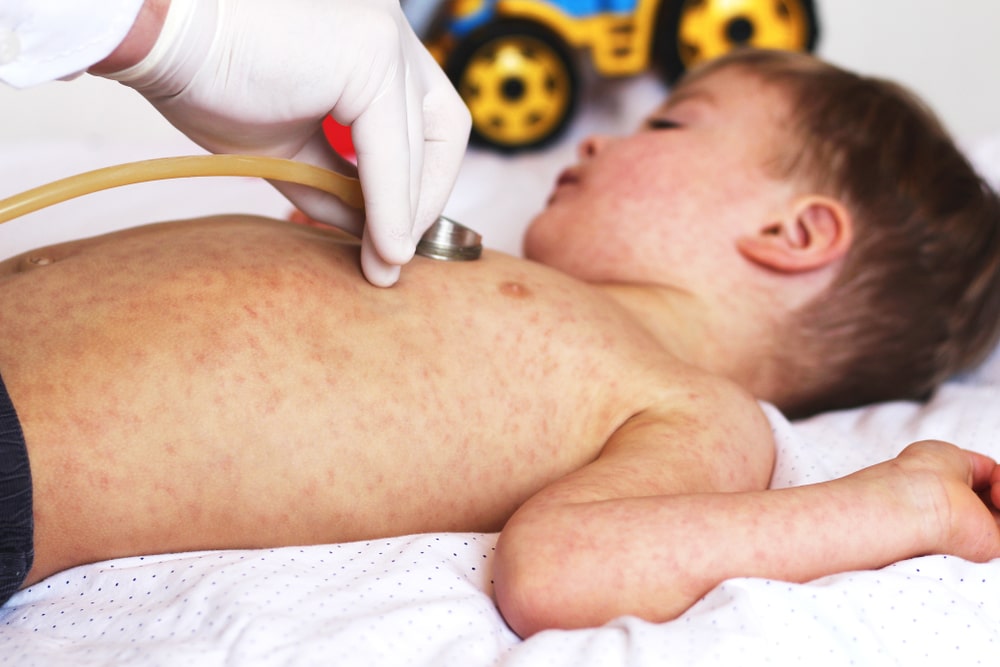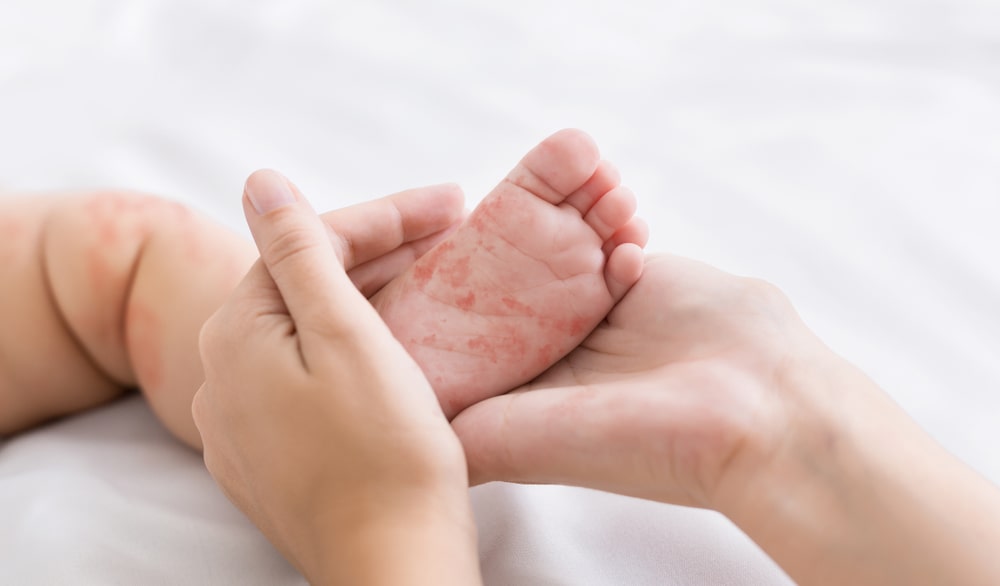
Measles cases in the US
US health officials are now warning doctors all over the United States about the dramatic rise in measles cases worldwide and advising families traveling to a measles-affected country to vaccinate their babies (especially those who are 6 months old) before they go.
The US Centers for Disease Control and Prevention released a health alert to doctors on March 18, increasing awareness of the international spread of measles and urging the population to vaccinate infants a couple of months ahead of the usual schedule, especially if families are planning to visit other countries.
The warning comes ahead of the busy spring and summer travel seasons. According to the CDC, many countries, such as Austria, the Philippines, Romania, and the United Kingdom, are frequently visited by American tourists and also experience measles outbreaks.
Moreover, the CDC warned about slow vaccination rates in 36 US states, where less than 95% of kindergarteners have been vaccinated against measles. This puts them below the herd immunity threshold. Herd immunity is a specific portion of the population that needs to be immunized against an infection in order to prevent its spread.
Luckily, vaccination rates against measles in the United States are “quite strong,” so this isn’t a situation like Covid, where everyone is susceptible.
“For vaccinated individuals, the likelihood of getting measles is thankfully not similar to what we experienced before, because the vaccination rates are much higher.” Dr. Nirah Shah, the CDC’s principal deputy director, explained. “With that being said, we are rather concerned that vaccination rates have fallen a bit from 95% to 93%.”
Shah believes that two percentage points doesn’t seem like a lot, but across the population, it still represents about 250,000 kindergarteners who are unprotected. The measles vaccine is still seen as one of the most efficient ones.
Two doses are about 97% more effective at preventing infection, and a single dose is around 93% effective against infection. There’s increasing scientific evidence that proves that vaccines are still the strongest, most effective, and safest intervention that manages to prevent individual illness and also protect public health.
In updated travel guidelines, the CDC advises all international travelers to visit a doctor a minimum of six weeks before their trip and make sure they have enough time to be fully immunized. Previous guidelines also recommend seeing a doctor a minimum of a month before the planned trip abroad.
Generally, infants get their first measles, mumps, and rubella shot when they reach one year. But now, the CDC advises that the vaccination timeline be pushed up a couple of months to protect babies who have zero immunity against the highly contagious infection.
The CDC also advises two doses of vaccine to be administered to unvaccinated one-year-olds, a minimum of 28 days apart, before they travel.

Measles virus
The virus can remain in the air for two hours after an infected person has passed through a room. People can also become infected if they touch a surface with virus particles or touch their eyes, nose, or even mouth. People can also spread it up to four days before and four days after they develop a characteristic rash.
Moreover, 9 out of 10 exposed individuals who don’t have any kind of immunity against the virus from other infections or vaccinations are prone to getting it themselves. Travelers who notice a rash, high fever, cough, runny nose, and red, watery eyes should immediately seek medical attention. However, the CDC urges these people to give the clinic some advance notice before entering it so they can take the needed precautions and prevent the spread of potential measles
Measles in the US, 2024
The US has officially eliminated measles as an endemic infection, but the nation still deals with imported cases every year. These cases are generally unvaccinated US residents who get the infection while traveling abroad.
The US is expected to deal with a very busy year. So far, it has seen 58 measles cases in 17 separate jurisdictions, which is the same number of cases seen throughout 2023. Some of them were apparently spread locally. Other recent cases in the US have been reported in Chicago, California, Arizona, and Florida, but also in Pennsylvania.
If you found this article insightful, we also recommend checking out: These ‘Forever Chemicals’ Won’t Be Used in Us Food Packaging Anymore













